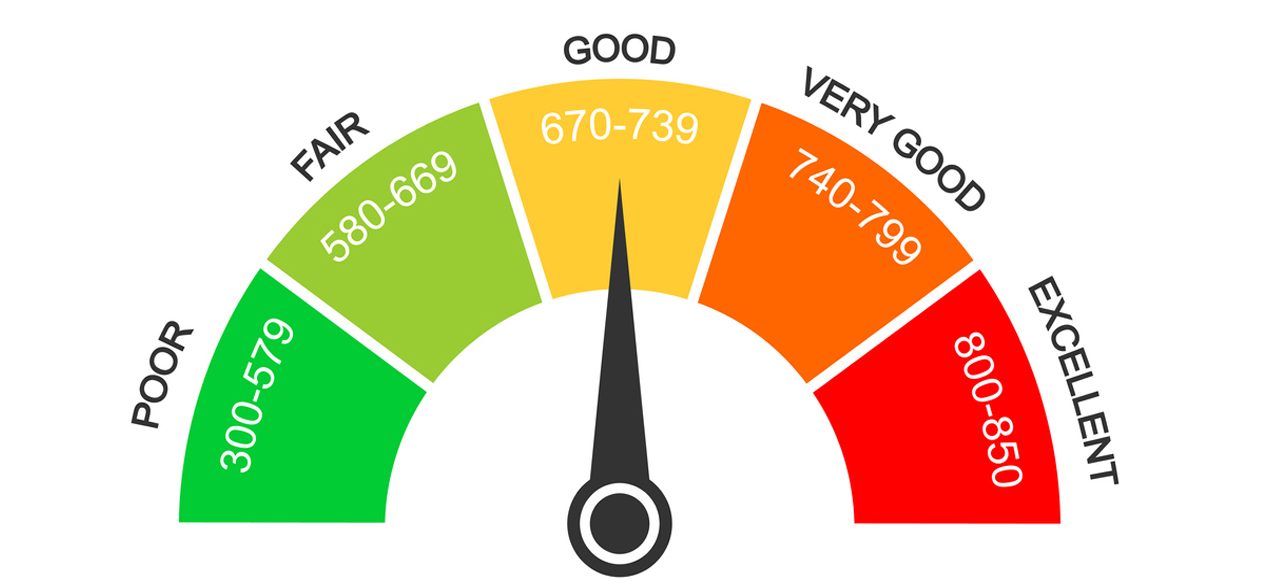
HomeSight Mythbusts: Your Credit Score
Your credit score is the number that reflects how well you manage debt. If you’re getting ready to borrow money to buy a new home, a good credit score will open options for you. In general, the higher your credit score, the more likely you are to get approved for loans with lower interest rates and better terms.
Because HomeSight’s mission is to help low- and moderate-income families buy their primary residences, we’re able to offer mortgages at competitive rates that don’t rely on your credit score or the loan amount.
But good credit is a valuable tool in any homebuyer’s toolkit. You can build your credit if you don’t have any, or if you’ve made past mistakes, but there is conflicting advice on how to do that. Below, HomeSight separates myth from fact.
MYTH or FACT? You should check your credit reports often.
(MOSTLY) MYTH: This is only partially true. Multiple inquiries into your credit report can lower your score a few points. However, you should check your credit once a year. You can get a free copy of your credit report every year from each of the three major credit bureaus—Equifax, Experian, and TransUnion— through this website. Review your reports for any errors or inaccuracies and dispute them if you find any. You can also sign up for alerts and notifications that inform you of any changes or suspicious activity on your credit report.
MYTH or FACT? Your payment history is the most important factor in your credit report.
FACT: Your payment history accounts for 35 percent of your credit score, making it the largest factor in your credit score. Make sure you pay at least the minimum amount due on all your bills every month, preferably more if you can afford it. Pay your bills on time! Set up automatic payments or reminders to prevent missing deadlines.
MYTH or FACT? You need to apply for several credit cards to establish credit.
MYTH: Apply for new credit sparingly. Every time you apply for a new loan or credit card, the lender will perform a hard inquiry on your credit report, which can lower your score by a few points. Too many hard inquiries in a short period of time can signal that you are desperate for credit and pose a higher risk to lenders. Only apply for new credit when you really need it, and ask yourself twice: do I really need a credit card from Sunglass Hut?
MYTH or FACT? High credit use leads to a high credit score.
MYTH: Your credit use is the percentage of your available credit that you are using. For example, if you have a credit card with a $1,000 limit and a $500 balance, your credit use is 50 percent. Ideally, you want to keep your credit use below 30 percent, as this shows lenders that you are not overextended and can handle your debt responsibly.
MYTH or FACT? You need to diversify your credit mix to improve your credit score.
FACT: Your credit mix is the variety of credit accounts that you have, such as revolving (credit cards) and installment (loans). Having a diverse credit mix can boost your score, as it demonstrates you can handle different types of debt. However, this factor only accounts for 10% of your score, so don’t open new accounts just for the sake of diversifying your credit mix.
HomeSight can help you create a budget and learn how to manage your finances to ensure your credit is in the best shape possible when you’re ready to put that credit score to use.